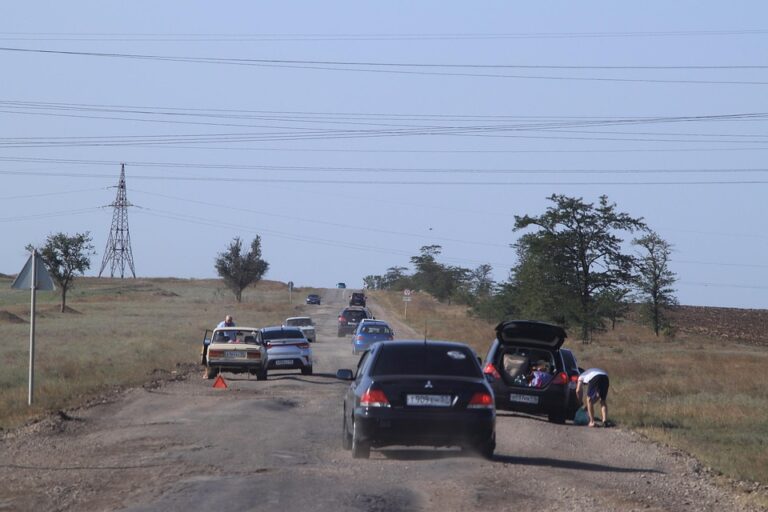BREAKING: Accident Reported After Plane Collision at Scottsdale Airport
Scottsdale, Arizona – A significant incident has disrupted operations at Scottsdale Airport, with a reported collision involving two aircraft on the tarmac. Authorities are on-site managing the situation, and preliminary reports indicate that there are both injuries and damage to the planes involved. This incident highlights the importance of air safety protocols, particularly at busy regional airports.

Understanding the Incident
The collision took place around midday when two small aircraft, a Cessna Citation and a Beechcraft Baron, reportedly collided during taxiing. Although the exact cause of the collision remains under investigation, eyewitness accounts suggest that one of the pilots may have failed to notice the other aircraft while taxiing.
According to data from the Aircraft Owners and Pilots Association (AOPA), general aviation accidents occur, on average, with a frequency of around 4.5 incidents per 100,000 flight hours. However, regional airports like Scottsdale often manage busy traffic, making such accidents an unfortunate possibility.

Stats and Safety Measures
Scottsdale Airport (SDL) is one of Arizona’s leading general aviation airports, catering to over 100,000 takeoffs and landings each year. In 2022, nearly 80% of the airport’s air traffic was comprised of general aviation operations, according to the Federal Aviation Administration (FAA). This volume increases the need for effective safety measures and coordination between pilots and ground crews.
In response to the collision, local authorities emphasize the importance of adherence to Standard Operating Procedures (SOP), including enhanced communication protocols between pilots and ground control. Airports nationwide are increasingly adopting technology solutions designed to reduce the risk of runway incursions and ground collisions.
Casualties and Emergency Response
While the full extent of injuries is still being evaluated, initial reports indicate that at least three individuals sustained non-life-threatening injuries. Emergency responders swiftly arrived on the scene, and injured parties were promptly transported to local hospitals for further evaluation.
The rapid response by emergency teams is aligned with national safety recommendations. According to the National Transportation Safety Board, timely intervention is crucial in reducing mortality rates in aviation-related accidents. As investigators assess the situation, the airport remains on high alert, ensuring travelers are safe and informed.

Airport Impact and Future Protocol Scrutiny
Heavy smoke was seen emanating from one of the aircraft, prompting immediate firefighting measures. The airport has temporarily suspended operations, affecting numerous travelers and scheduled flights. Hundreds of passengers have been left stranded as the details of the situation unfold.
As the investigation continues, the FAA has launched a formal inquiry into the incident. Statistically, approximately 70% of runway incursions are categorized as “pilot error,” according to a recent report by the National Safety Council. This statistic highlights the need for continual training and awareness programs for pilots, especially in busy airspaces.

Conclusion
This collision at Scottsdale Airport serves as a pertinent reminder of the inherent risks associated with aviation, even in well-regulated environments. As investigations continue, stakeholders within the aviation community must focus on learning from these incidents to enhance safety protocols and reduce the chances of future occurrences.
For those affected, the Scottsdale Airport is committed to providing updates and resources during this challenging time. More information on the situation will be released as authorities gather further details.
Travelers are encouraged to check for updates directly from the Scottsdale Airport official website or through their social media channels. Meanwhile, our thoughts are with those injured in this incident, and we hope for a swift recovery for all involved.


